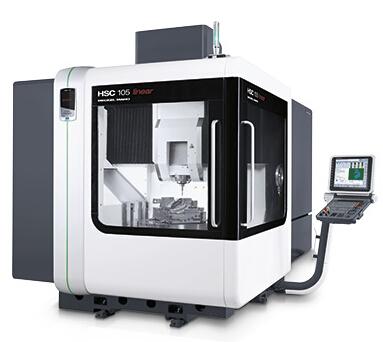In simple terms, common tool setting methods for drilling and tapping centers, as well as CNC machining centers, mainly include tool setter method, active tool setting, and tool radius compensation method.
Since the detailed manufacturing process of a product may involve two or even dozens of cutting tools, the tool radius compensation method is relatively primitive and offers less precision in tool setting, therefore it is rarely used. Let's focus on the first two more typical tool setting methods:
Active Tool Setting Function: Active tool setting is carried out using the cutting tool inspection function equipped in the CNC machining center. This equipment can actively and accurately measure the length of each cutting tool in every coordinate direction and can actively adjust for any errors in the cutting tool. The entire inspection and adjustment process can be conducted while the CNC machine is operating normally. This tool setting method relies entirely on the electronic control system, eliminating human error in tool setting, thus providing higher precision and greater efficiency in tool setting.
Tool Setter Method: Using a tool setter for tool setting is currently the primary method in CNC machining centers due to its high cost-effectiveness. Tool setting can be divided into two types: in-machine tool setter and external tool setter. External tool setter requires calibration outside the CNC machine beforehand, and then the tool can be installed on the CNC machine for use. In-machine tool setter involves directly mounting the cutting tool on a fixed position within the CNC machine for measurement.


24-Hour Hour Hotline
Contact person | Wang Lingli (Manager) |
Contact information. | 13968328508 |
wll@nbchengdi.com | |
Add | Room 1202, Huia International, No. 1107 Tian Tong North Road, Yinzhou District, Ningbo City |
Landline number | 0574-87267001 |
